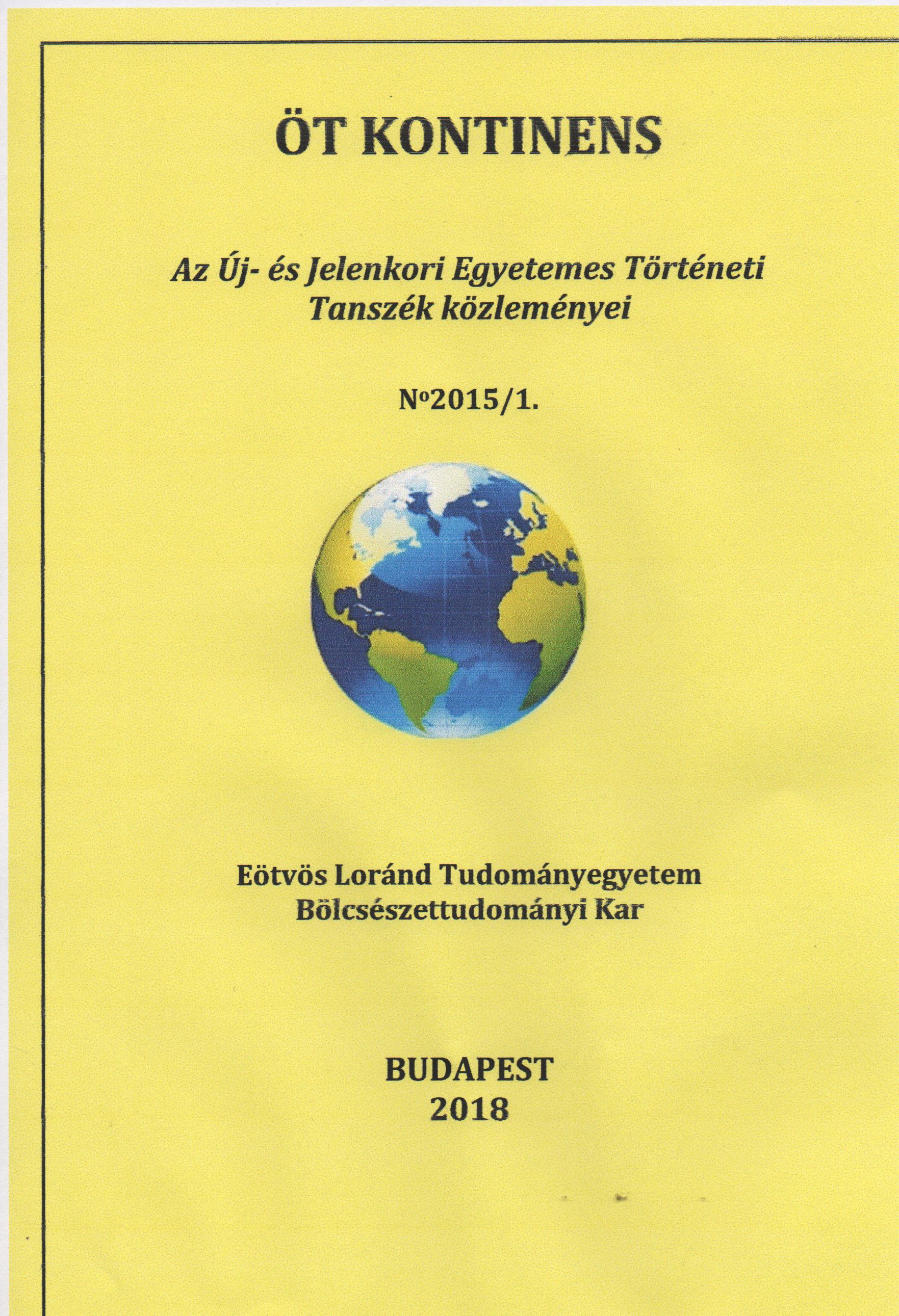The ‘American Way’: The Forced Removal and Internment of the Hawaiian Japanese
The ‘American Way’: The Forced Removal and Internment of the Hawaiian Japanese
Author(s): Dániel CsehSubject(s): Ethnohistory, Political history, WW II and following years (1940 - 1949)
Published by: Eötvös Loránd Tudományegyetem, Új-és Jelenkori Egyetemes Történeti Tanszék
Keywords: Japanese immigration; Hawaiian Islands; Hawaiian Japanese; West Coast Japanese; Japanese aliens (Issei); Japanese Americans (Nisei, Kibei); Japanese ‘problem’; martial law; military government; forced
Summary/Abstract: After the attack on Pearl Harbor on December 7, 1941, – the defensive outpost of Oahu, the Hawaiian Islands – the fate of American citizens of Japanese ancestry and Japanese aliens was dictated by the national defense and military necessity of the United States. The West Coast and Hawaiian Japanese faced mass forced removal and incarceration due to their descent as scapegoats for the unprovoked and sudden attack by the Imperial Japanese Navy. Nevertheless, as opposed to their peers on the Pacific Coast the Hawaiian Japanese were treated on an individual basis, making distinction between the loyal and potentially dangerous Japanese residents. Despite of the shock, racial prejudice, and paranoia the local Japanese were not collectively removed and placed in internment camps for the duration of the war. The multicultural and ethnic diversity of Hawaii, the labor needs of the islands, and the work of the intelligence agencies and military government ensured that the ‘American way’ prevailed on the Hawaiian Islands.
Journal: ÖT KONTINENS
- Issue Year: 2015
- Issue No: 1
- Page Range: 39-58
- Page Count: 20
- Language: English

